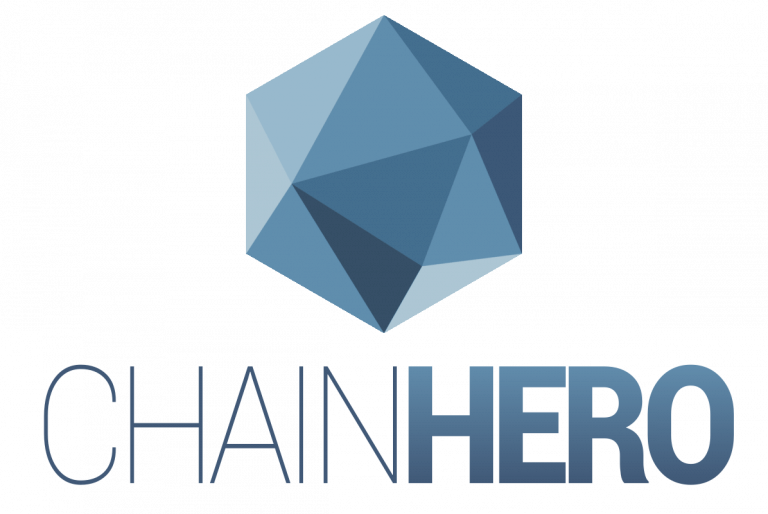How blockchain can help to fight counterfeiting ?
Blockchain can be effective in various areas. Banking, insurance, health, distribution, transport, energy and intellectual property.
Blockchain and counterfeiting
For many providers, products are subject to counterfeiting and authenticity is an essential value for the consumer. Counterfeit products may represent a danger to the health and safety of consumers. All sectors are now affected by counterfeiting and the trend is increasing, as indicated by UNIFAB* in its latest moral report with a 15% increase in seizures in Europe last year.
The blockchain offers an undeniable advantage for trust and customer/brand relations. By allowing identification information to be recorded and, above all, verified, it can allow real traceability of the marketed products and the way they have been produced. There is an interest not only for the company or brand, which will be able to control its products as effectively as possible and differentiate them from counterfeits, but also for the consumer, who will be reassured by the product’s origin.

Blockchain in various use cases
Many sectors take full advantage of the blockchain to ensure perfect product traceability with specific applications. In particular, it allows actors who do not know and trust each other to exchange sensitive data in a secure environment. The supply chain is an ideal case of use: as a digital register, the blockchain makes it possible to keep the distribution history of products, represented by the transactions that took place at each stage from manufacture to distribution.
Until now, it was difficult to visualize the entire chain and ensure its integrity because information was not shared end-to-end. The blockchain therefore provides an answer to this lack of transparency. Traceability is thus a means of control used in the food sector with practical examples on sensitive products such as milk or meat. But these means also apply to more luxurious products heavily affected by counterfeiting, such as fine wines and luxury objects or precious stones.
Traceability, an anti-counterfeiting tool made effective, thanks to the blockchain.

The tools used are very similar from one sector to another since they are based on traceability in the broadest sense. In practice, if for a free-range chicken all the data, from its birth to slaughter and marketing, are recorded in the blockchain, the same approach can be applied to any object or product. The blockchain has already been used for several years for the certification of diamonds and precious stones by Everledger, a company that has created a universal registry. Each stone or diamond is notarized in the blockchain with many traceability elements such as the owner’s name, the serial number which is also laser engraved on the stone, and all related data: size, color, purity, etc…
All this information is stored in the blockchain and remains accessible by many organizations. This registration makes it possible to certify the authenticity of the product from its extraction to its first purchaser, but also to certify its quality and origin on the second-hand market.
The blockchain as a probation tool

However, traceability can reach its limits in the case of counterfeiting by imitation. Indeed, it is no longer of real interest since counterfeiting is not characterized here by an identical copy but by a similar product, thus infringing property rights. The blockchain can then be used in this case as a probation tool to guarantee and certify the ownership of rights. To do this, it is necessary for the rights holder to register his property in a register within the blockchain. By virtue of its characteristics, the blockchain can assert the rights of the holder in the event of litigation.
We could mention many other cases of use of the blockchain to guarantee and certify the authenticity of a product or intellectual property. More and more global players in all sectors are using blockchain as a tool for probation and traceability against the growing circulation of counterfeit products. Thanks to the intrinsic properties of the blockchain, all registered data can thus be accessed and corroborated, if necessary, by the actors concerned, always with the same concern for authentication in order to fight against counterfeiting.

Conclusion
Nevertheless, it is essential to remain focused on the priority: business. The blockchain, although disruptive, remains only a technology and it would be counterproductive to want to do “blockchain at all costs”.
At ChainHero we believe in this approach.
Through the Lean-Blockchain method, we use all audit and ideation techniques (design thinking, lean startup, SWOT analysis, Pestel, Value stream mapping, etc…) to identify the most acute painpoints to which Blockchain technology provides benefits and an immediate answer. We work with our teams of engineers throughout the project life cycle, from consulting, to ideation, but also during the development phase, as well as production start-up and follow-up.
*https://www.unifab.com/wp-content/uploads/2018/08/Rapport-Moral_2018_Unifab_FLIPBOOK.pdf

